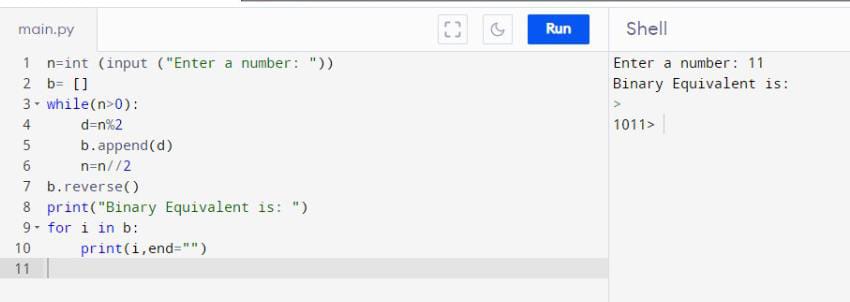

After all, where else would you need computer vision, if not on Raspberry? 🙂 How NumPy conversion works Today I’m going to run benchmarks on a Raspberry Pi 4 1800 MHz under a 64-bit OS. The common scenario for using this library is when you need to convert an image from Pillow to NumPy so that you can work with it using OpenCV. It doesn't have its own internal storage format for images, instead, it uses NumPy arrays. OpenCV is the most popular computer vision library and has a wide range of features. It’s a base library for a bunch of scientific, computer vision, and machine learning libraries like SciPy, Pandas, Astropy and many others. NumPy is a Python library used for working with multidimensional arrays. Long story short, it does everything you need for image loading/saving. It supports different formats, provides lazy loading, and gives access to metadata from a file.
IMAGE CONVERT TO WHILE CODE
There won't be any repositories or packages, just the facts, and working code at the end. Also, I’ll show you a way to get the same result but faster. Today, I’m going to dive deep into both libraries and tell you why that happens.

Well, it seems weird, but more traditional image converting methods work 1.5-2.5 times slower (if you need a mutable object). There’s an incredible technique that makes it possible to convert Pillow images to NumPy arrays with just two memory copies! Wait, what do you mean “with only two memory copies”? Isn’t it possible to convert data between libraries while copying memory only once or without copying it at all? First published on April 7, 2021, in Insights Everything Insights Engineering News Product Culture Compliance Fast import of Pillow images to NumPy / OpenCV arrays


 0 kommentar(er)
0 kommentar(er)
